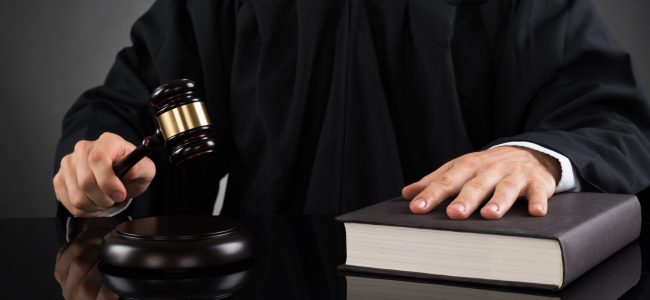BlogLine
Stay in Your Lane – Kentucky Supreme Court Cautions Experts Not to Stray Too Far Afield
6/28/23

By: LaShay Byrd and Curt Graham
In a recent Kentucky Supreme Court Case, Renot v. Secura Supreme Insurance Co., the Court reversed a judgment in favor of Defendant Secura, finding the trial court erroneously permitted Secura’s expert to testify about medical questions beyond his qualifications. Renot v. Secura Supreme Insurance Co., No. 2021-SC-0281-DG, 2023 WL 4036286 (Ky. June 15, 2023).
In order to testify at trial, experts are required to be qualified, knowledgeable, and have specific technical expertise in the field in which they are offering an opinion. The expert in Renot was a biomechanical engineer brought in to testify as to his biomechanical and anatomical opinions regarding the mechanism of injury.
Biomechanical experts can be invaluable litigation assets. A biomechanical engineer is uniquely qualified to break down the physics at play in a collision and describe how the human body reacts to impact forces. These experts can explain the mechanism for injury to jurors by describing how collision force dynamics involved in an impact between vehicles could (or could not) have caused injury. They can also tell the jury the likelihood that a particular injury would have resulted from the accident. However, a biomechanical expert who is not a medical doctor must not invade the province of a physician’s authority by conclusively opining whether a traumatic incident caused the particular medically diagnosed injury or condition of the plaintiff.
The Court in Renot held that “a qualified biomechanical expert may be utilized at trial to support or discredit a physician’s medical conclusions concerning causation by offering objective, scientifically based, testimony regarding the likelihood or probability that a particular traumatic incident could or would normally be expected to have produced or resulted in a specific medical injury or condition.” However, the biomechanical expert must not go so far as to reach a medical diagnosis or be so “specific as to wander into the realm of medical causation.”
This by no means diminishes the usefulness of retaining a biomechanical expert to testify at trial. Offering a tandem of medical and biomechanical expert testimony remains a powerful defense tool. However, going forward, it will be increasingly important for attorneys to caution biomechanical experts to make sure their testimony is within the permissible limits of testimony and stay out of the physician’s lane of medical causation testimony.
For more information, contact LaShay Byrd at lashay.byrd@fmglaw.com, Curt Graham at cgraham@fmglaw.com or your local FMG attorney.
Share
Save Print
